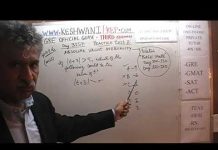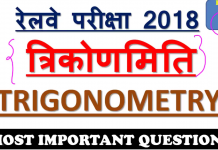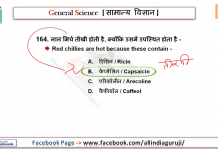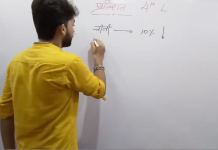Froth Floatation Process
Froth flotation is a process for selectively separating hydrophobic materials from hydrophilic. This is used in several processing industries. Historically this was first used in the mining industry
The following steps are followed:
1.Grinding to liberate the mineral particles
2.Reagent conditioning to achieve hydrophobic surface charges on the desired particles
3.Collection and upward transport by bubbles in an intimate contact with air or nitrogen
4.Formation of a stable froth on the surface of the flotation cell
5.Separation of the mineral laden froth from the bath (flotation cell)
Simple flotation circuit for mineral concentration. Numbered triangles show direction of stream flow, Various flotation reagents are added to a mixture of ore and water (called pulp) in a conditioning tank. The flow rate and tank size are designed to give the minerals enough time to be activated. The conditioner pulp [1] is fed to a bank of rougher cells which remove most of the desired minerals as a concentrate. The rougher pulp [2] passes to a bank of scavenger cells where additional reagents may be added. The scavenger cell froth [3] is usually returned to the rougher cells for additional treatment, but in some cases may be sent to special cleaner cells. The scavenger pulp is usually barren enough to be discarded as tails. More complex flotation circuits have several sets of cleaner and re-cleaner cells, and intermediate re-grinding of pulp or concentrate.
froth flotation cell. Numbered triangles show direction of stream flow. A mixture of ore and water called pulp [1] enters the cell from a conditioner, and flows to the bottom of the cell. Air [2] or nitrogen is passed down a vertical impeller where shearing forces break the air stream into small bubbles. The mineral concentrate froth is collected from the top of the cell [3], while the pulp [4] flows to another cell.
Chemistry Isolation of Elements part 3 (Concentration of Ores : Froth Floatation process) CBSE class 12 XII
Metallurgy of Inorganic Chemistry for NEET video Lecture by chandrahas Sir.
ABOUT CHANDRAHAS SIR:-…………………………………….
S&K CLASSES is the first choice of student in Northen India for preparation of JEE main and advanced ,NEET & AIIMS.
Chandrahas Sir is first online teacher of chemistry in Dehradun.
Chandrahas Sir is known for his focused and simplified JEE main and advanced/NEET/AIIMS/BOARD teaching to bring to student an easy and analytical methodology towards JEE main and advanced / AIIMS.
* Online webinar for chemistry -https://www.youtube.com/edit?o=U&video_id=n_gbVJj5PLs
*solid state | position of octahedral &tetrahedral voids in F.C.C-https://www.youtube.com/edit?o=U&video_id=6jrGVWVRXMU
*How to memorize 7 crystal system -https://www.youtube.com/edit?o=U&video_id=kc7DaJccjFs
Please do let me know if you have any doubt about this chapter
I APPRECIATE YOUR VISIT TO MY CHANNEL. THANK YOU
-~-~~-~~~-~~-~-
Please watch: “Metallurgy|General principles and isolation of elements|Reduction to the metal |Class 12XII | Part 6”
-~-~~-~~~-~~-~-
source













![CY_GATE_2019_PHYSICAL_SPECTROSCOPY_[ELECTRONIC_BASIC]_All IN ONE_[Short_Trick]_2018-19_PART_1ST - Videos](https://trends.edugorilla.com/wp-content/uploads/sites/8/2018/08/cy_gate_2019_physical_spectroscopy_electronic_basic_all-in-one_short_trick_2018-19_part_1st-218x150.jpg)


















![24 August 2018 – The Indian Express Newspaper Analysis हिंदी में – [UPSC/SSC/IBPS] Current affairs - Videos](https://trends.edugorilla.com/wp-content/uploads/sites/8/2018/08/a520-218x150.png)




Nice 1